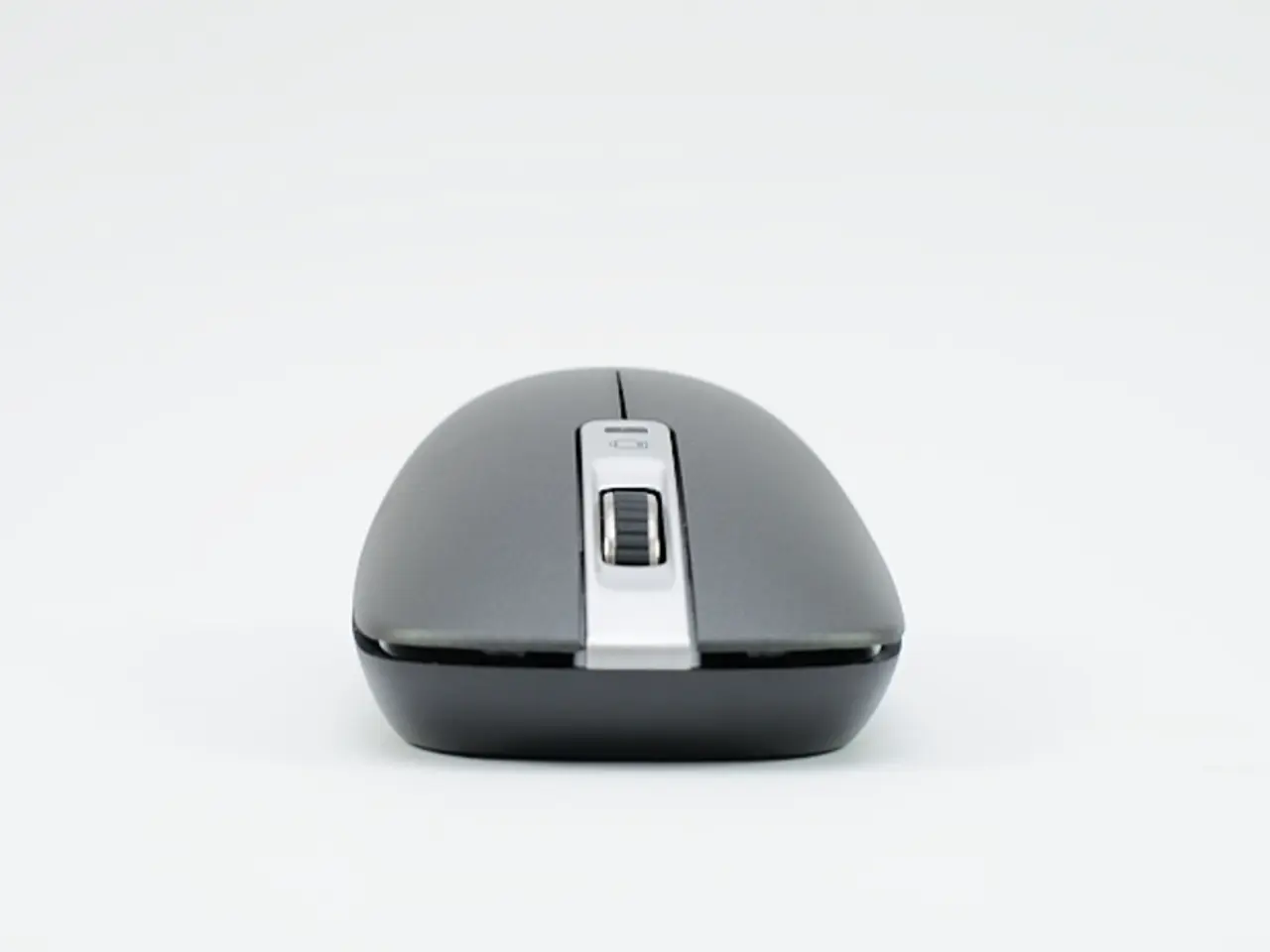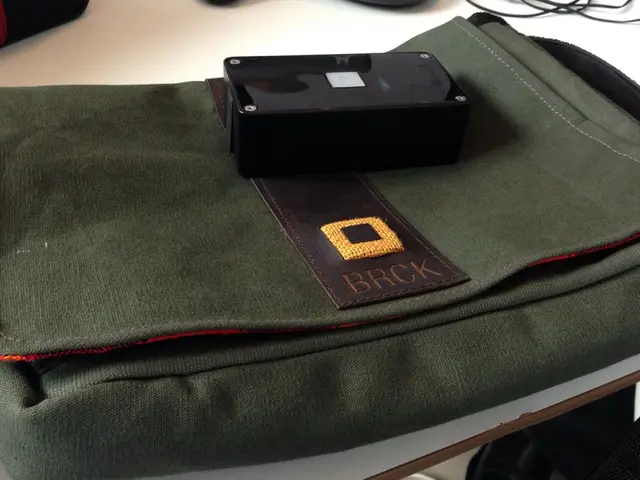University of Washington's picoRing: Revolutionizing Wearable Tech Control
Researchers at the University of Washington have developed picoRing, an innovative, ultralow-power, ring-based wireless mouse. This device could potentially revolutionise the way we interact with wearable technology, such as AR glasses, and even pave the way for health monitoring features.
The picoRing project, led by Professor Michael S. Weiss, aims to enhance comfort, reliability, and practicality in wearable controllers. Unlike previous smart rings, picoRing has gained significant traction due to its ultralow-field technology. It controls AR glasses for over a month on a single charge, addressing the short lifespans of its predecessors.
The device uses a novel communication method, allowing for an incredibly long use period between charges. This is a significant improvement over existing ring controllers, which often face issues with size, weight, or power consumption. The study on picoRing is published in the Proceedings of the 38th Annual ACM Symposium on User Interface Software and Technology.
The picoRing project demonstrates the potential for ring-based devices to gain traction in the market. With its ultralow-power technology and long battery life, picoRing could be the key to convenient, reliable control methods for wearable devices. Furthermore, its adaptability for health monitoring opens up exciting possibilities for the future of wearable technology.
Read also:
- Future high-resolution wireless audio could soon become a reality within a few years.
- Tech developments move swiftly - a fresh gravel bike from Onguza, updated Oakley's, and numerous tire technologies to assist you in your weekend escapades
- Google Pixel Watch 3 Wins Praise, Now Available at Discounted Prices
- Smart glasses under control of a new wristband, set to be introduced by Mark Zuckerberg







